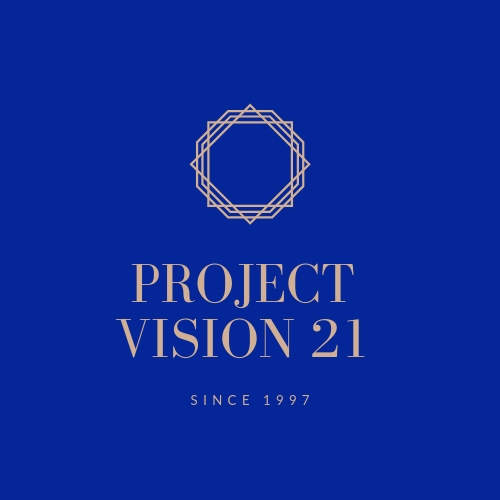About 20 million years ago (a million more, a million less) our distant ancestors were unable to distinguish between red and green, a disadvantageous situation when one must decide whether or not a certain fruit is ripe enough to eat. In fact, the evolution of vision was very slow, and it took millions of years to see green.
On the other hand, closer in time, the Greek philosopher Aristotle reasoned about 2,400 years ago (plus year, minus year) not only that the earth was at the center of the universe, but that the universe had a diameter of about 20 miles measured from the surface of the earth. In fact, it was said that with a sufficiently long ladder one could reach the end of the universe.
And this month (day more, day less) it was announced that the ALMA radio telescope in Atacama, Chile, managed to photograph the collision of two stars, the most luminous explosion ever photographed that emits in just 10 seconds as much energy as the energy that would be emitted by the sun in ten billion years. It is good to know that we are 9 billion years away from those stars.
But why do we share these stories, seemingly so dissimilar? Because each one of them contains an important lesson for each of us and it is the lesson of not clinging to certain ideas that have the unpleasant consequence of reducing our understanding and limiting our world.
The story about the evolution of vision (see A Clear Molecular View of How Human Color Vision Evolved, Science Daily, Dec. 18, 2014) reminds us that things weren't always the way they are today. Believing that humans always saw what we now see is incorrect. Assuming that what we do today is what has always been done is also wrong.
The story about Aristotle and the size of the universe (see the article The Ever Increasing Size of the Known Universe on ClassicHistory.net) makes it clear that placing ourselves at the center of the universe (either from a spatial point of view or from a psychological perspective) reduces our universe and leads us to wrong conclusions about reality.
In fact, shortly after Aristotle, Eratosthenes calculated the size of the earth to within 1%, and Aristarchus determined the distance from the earth to the moon quite accurately, concluding that the universe was so large that if our earth could be seen from the nearest star, "the orbit of the earth would be only a point".
And the third story, about the fact that in just 10 seconds the collision of two stars produces as much energy as the sun in ten billion years makes us see the futility of clinging to the illusion that we, humans, are the best or the most powerful in the entire universe.
Things constantly change. For example, life flows, planets and galaxies move, and the universe expands. In that context, we are neither the center, nor the pinnacle, nor the main attraction.

Comments
There are currently no blog comments.